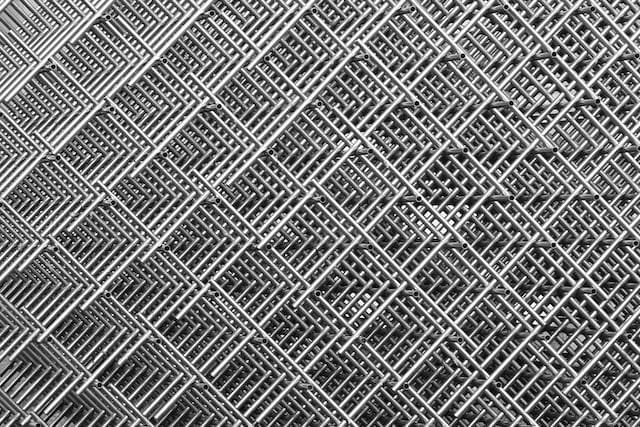Metal finishing is an integral component of producing metal products that fulfill design criteria, by deburring, cleaning and smoothing for an attractive matte, gloss or textured appearance.
Finishing also applies protective coating to prevent corrosion and wear, increasing the lifespan and durability of metal products. In order to save costs, shop owners should invest in computerized finishing equipment.
Abrasive blasting
Abrasive blasting is used to remove corrosion, paint and other surface contaminants in order to prepare products for coating. Additionally, robotic abrasive blasting uses less resources than manual methods; hence less of the blasting material goes to waste.
Manufacturers use various abrasive materials, including silica sand and garnet dust, to blast surfaces. Silica breaks apart easily, producing dust that has been linked with lung disease if inhaled; garnet produces finer dust that is safe to inhale.
Other blasting media includes copper slag and agricultural materials such as nutshells or fruit kernels that are less abrasive than silica or garnet. Wet blasting uses liquids such as water to help trap dust and lubricate surfaces or compressed air for dust-trapping purposes; when used dry it uses compressed air only. Blasting media enters a pressure-resistant container (blast pot), is metered into a blast hose using valves, then propelled through an abrasive nozzle into an accumulation system or back into its original container – either way it remains with or returns back into its original source!
Heat treatments
Metal finishing processes provide protection for industrial equipment against corrosion and wear, and improve their aesthetic appearance. Their ability to enhance appearance while increasing durability of metal parts and products has helped drive global market expansion for metal finishing equipment.
Raw, unfinished metal looks rough and unprofessional when left in its raw state. Jagged edges, surface defects and plasma slag may give customers the impression that the product is low quality or cheap; metal finishers remove such imperfections to make a product appear polished and professional.
Electroplating or electrodeposition is one of the most widely utilized metal finishing techniques, applied by applying a thin coat of gold, silver or copper metal onto any substrate surface using electric current passed through a liquid bath of dissolved ions to attach and secure it to it. Electroplating has become particularly prevalent within automotive industry applications in order to protect components against corrosion.
Powder coating
Powder coating is an increasingly popular metal finishing process that serves both decorative and protective functions. Available in an array of colors, finishes, and textures to meet individual production requirements of companies worldwide, powder coating protects metals against corrosion, wear-and-tear, weathering damage.
An essential step towards producing quality finishes on metal surfaces is properly prepping them. Rust and other contaminants may prevent coatings from adhering properly to them, leading to inferior performance and appearance. Surface preparation can be carried out using various means – chemical, mechanical and manual processes can all help.
Manufacturers use different machines for various metal finishing processes, including electroplating, brushing, buffing, hot-blackening and powder coating. When selecting their metal finishing equipment provider, they should look for standard systems as well as custom solutions tailored specifically to the production requirements of their company as well as employee training services and maintenance contracts for the equipment in their inventory.
Protective coating
Nearly every metal component used in industrial settings or sold to consumers incorporates some form of surface finishing to extend its lifetime and enhance aesthetics. This may involve corrosion resistance upgrades or aesthetic enhancement, but regardless of its purpose it always extends the product’s useful life.
Metal finishing equipment comprises an assortment of machines designed to polish, plate and coat metal products in order to increase their resistance to corrosion or abrasion, improve appearance, magnetism or adhere two materials together. Plating machines apply thin metal layers onto substrate surfaces while buff polishers apply high luster finishes that add decorative accents.
Deburring machines remove both horizontal and vertical burrs to prepare parts’ surfaces for coating, while edge radiusing eliminates scalloped and nibble marked edges to produce safe, clean edges. It is common for one operator to operate both cells – typically, one consisting of a screw machine/bead blast cell on one side and an in-house black oxide cell on the other side – with each machine requiring specific dwell times; so one highly trained operator is more effective operating both.
The New Jersey Digest is a new jersey magazine that has chronicled daily life in the Garden State for over 10 years.
- Staffhttps://thedigestonline.com/author/thedigeststaff/
- Staffhttps://thedigestonline.com/author/thedigeststaff/
- Staffhttps://thedigestonline.com/author/thedigeststaff/
- Staffhttps://thedigestonline.com/author/thedigeststaff/


